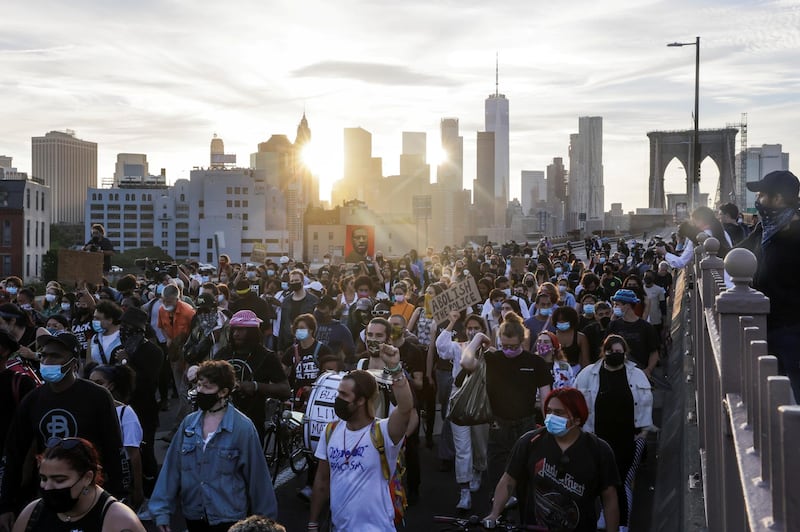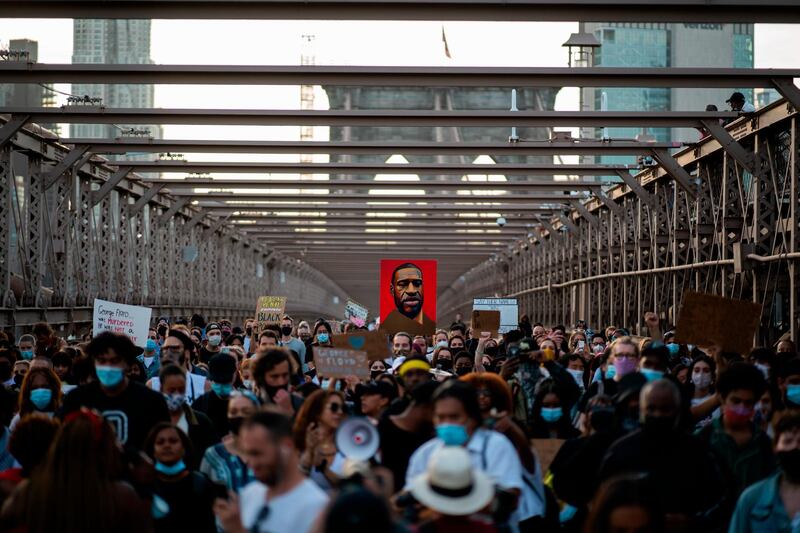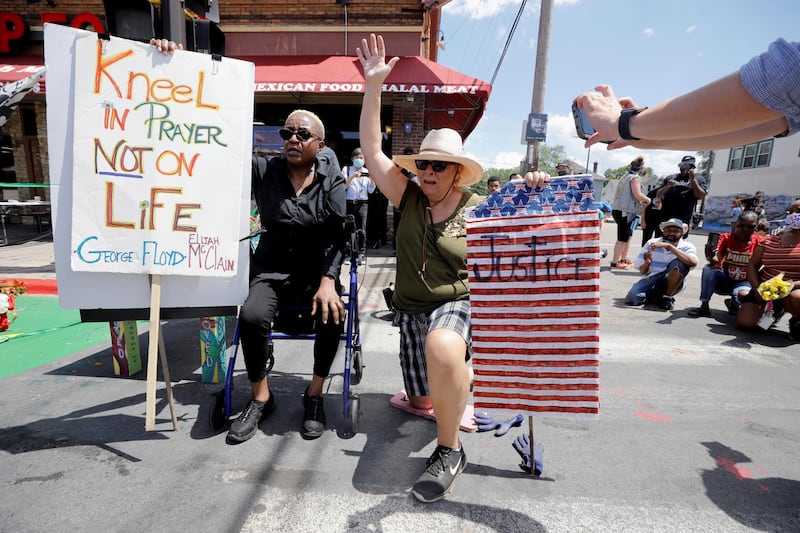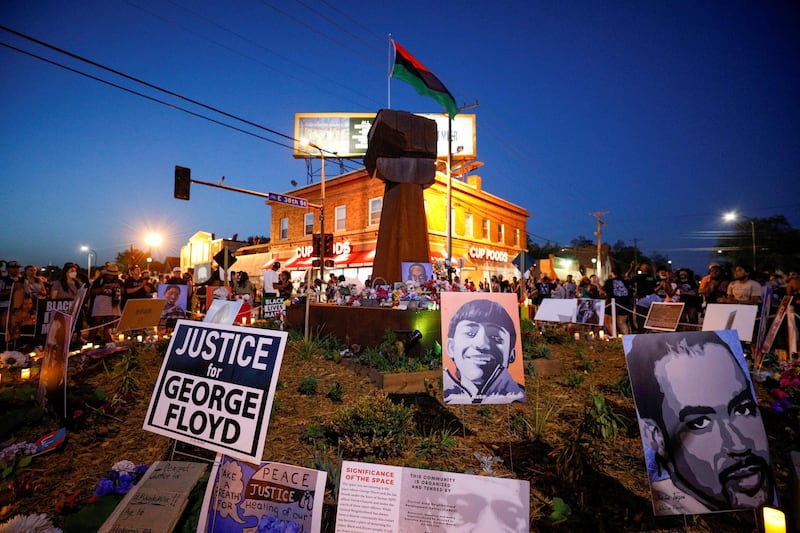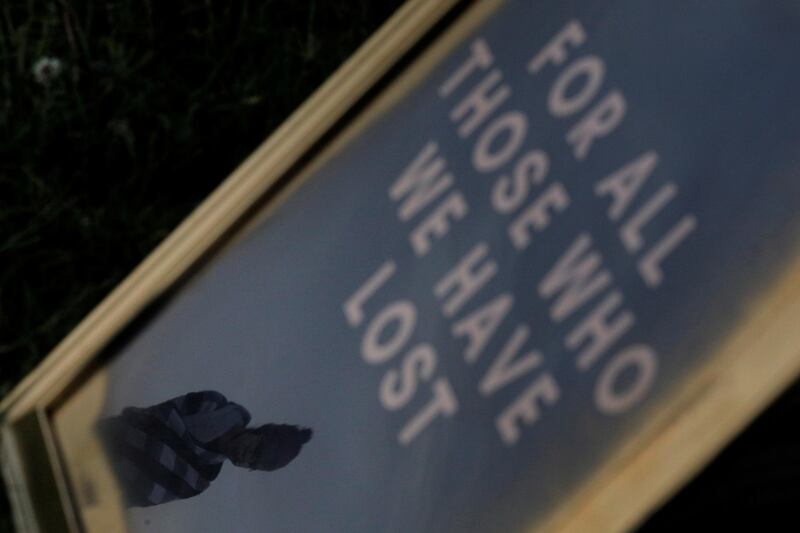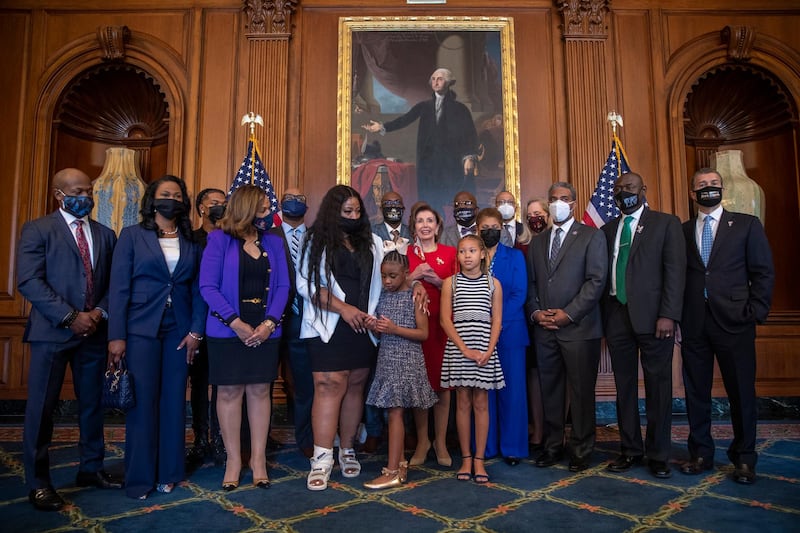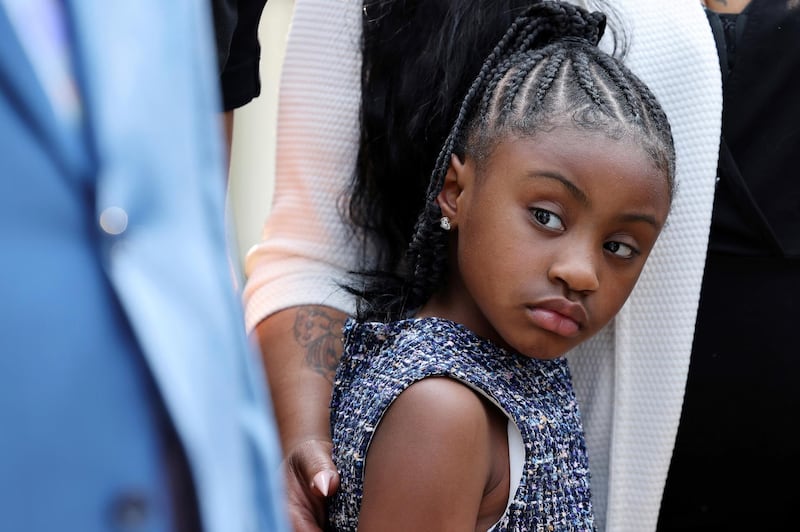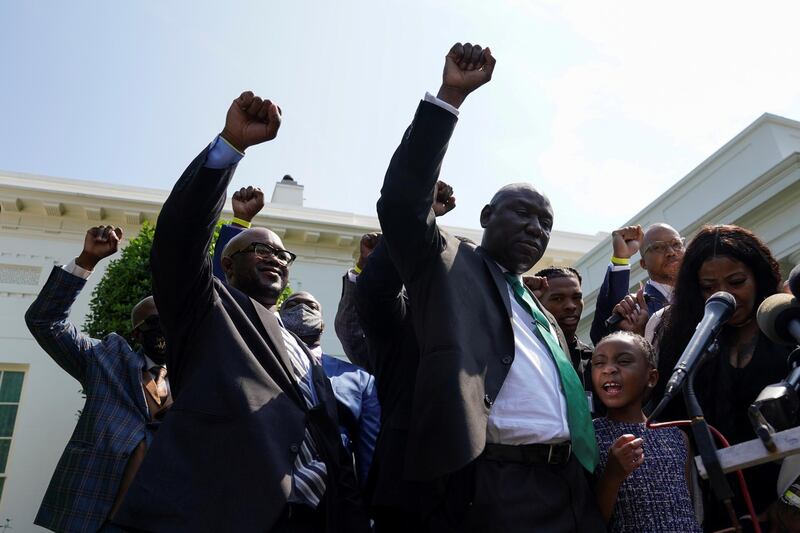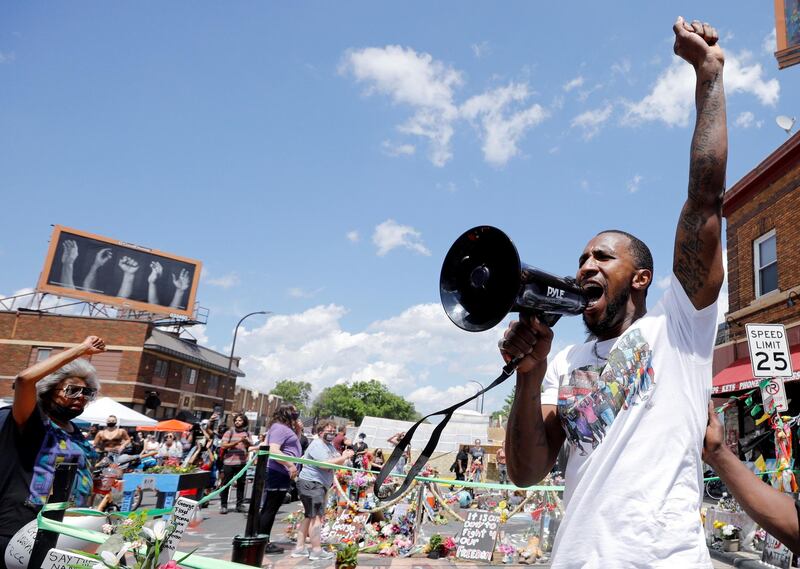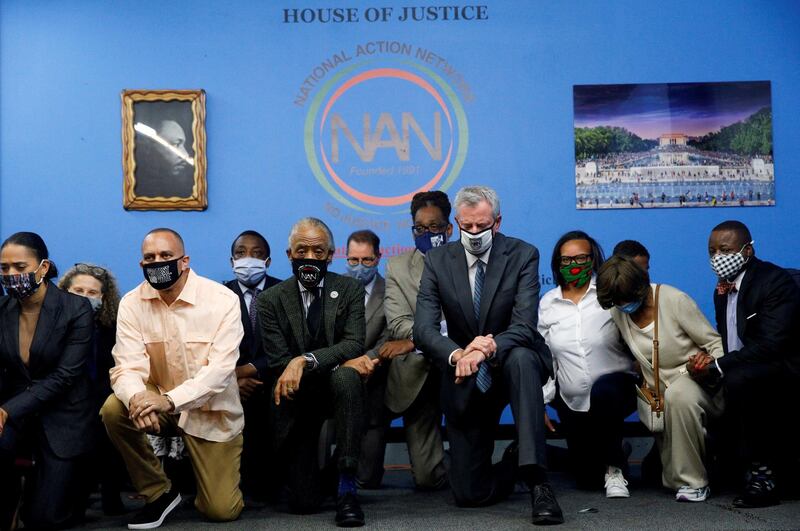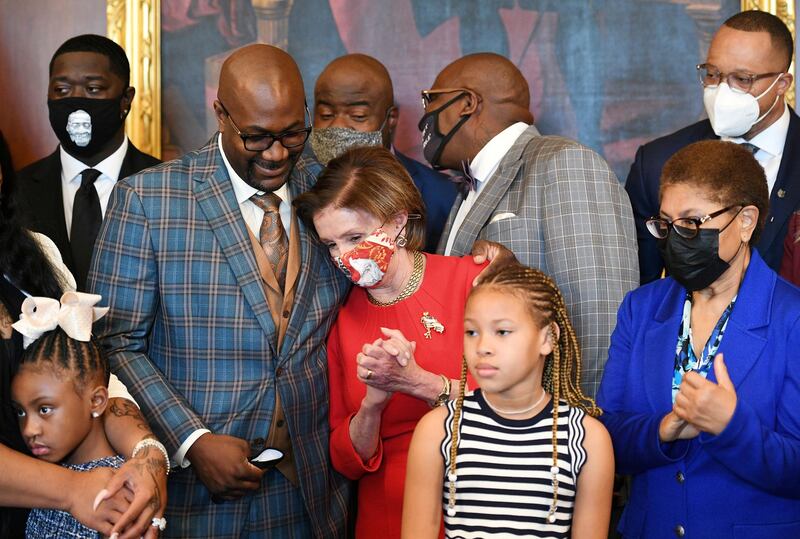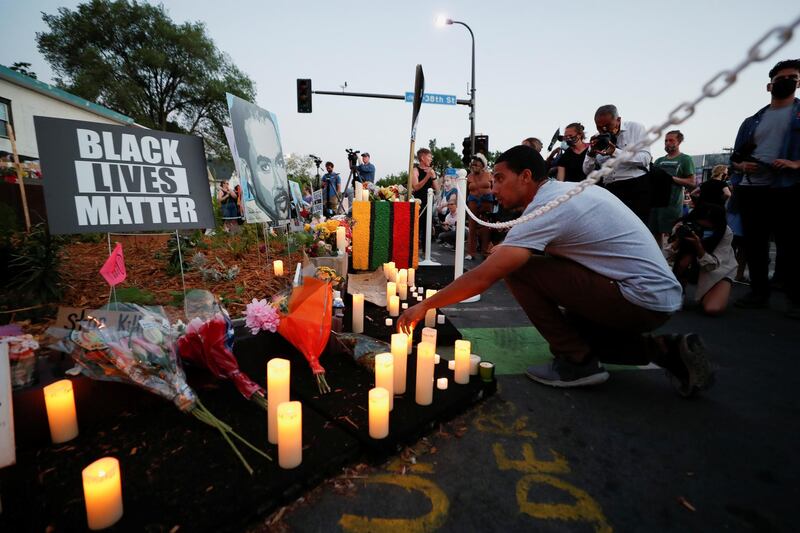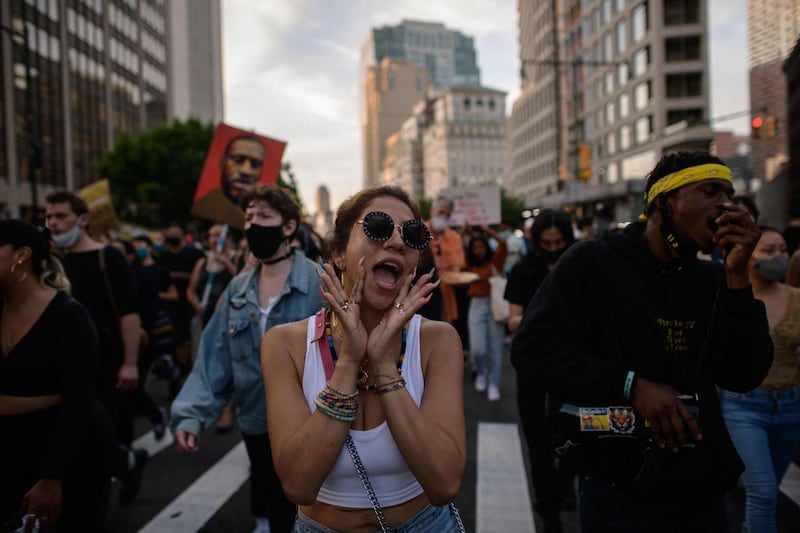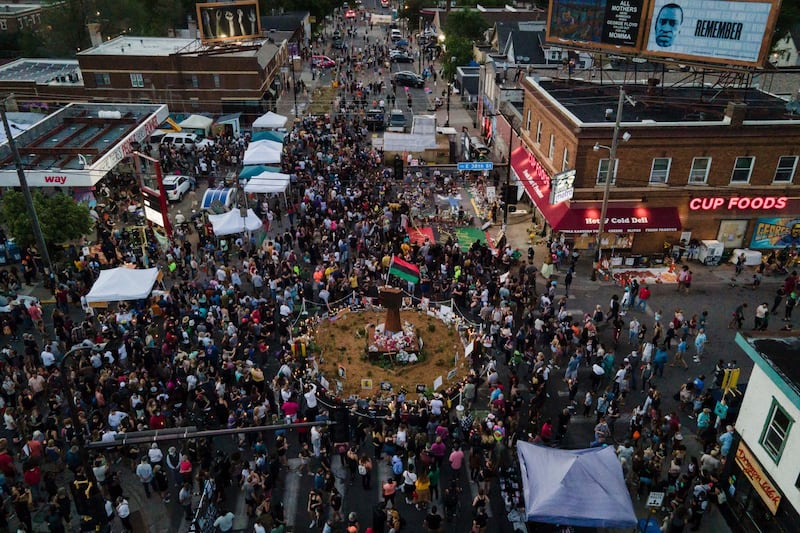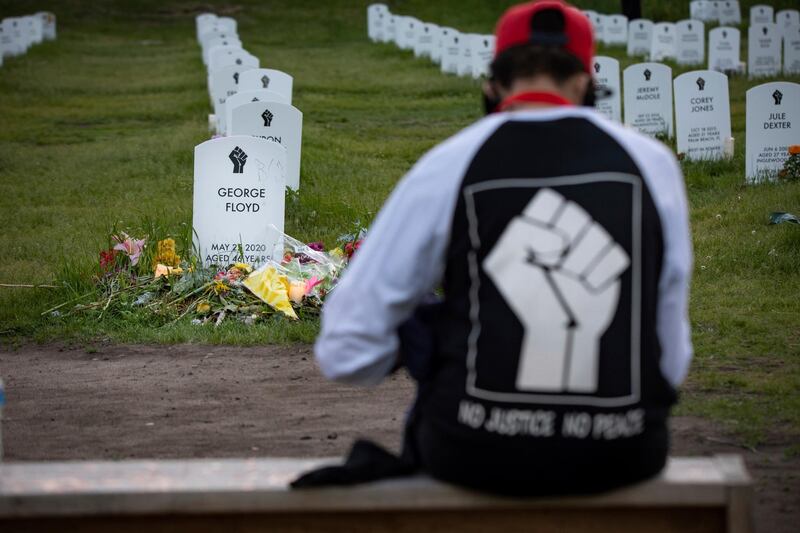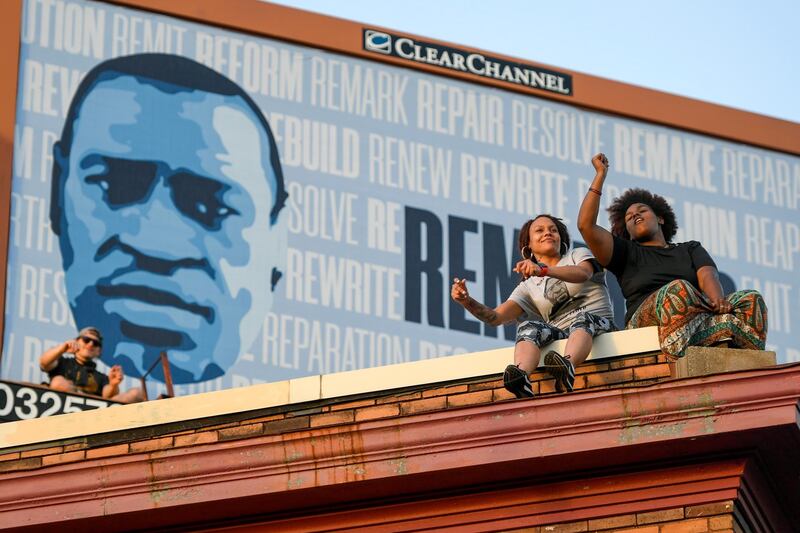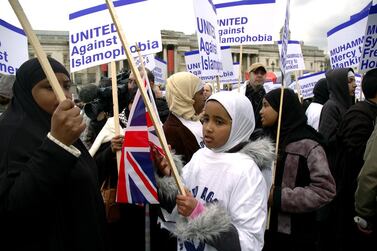After the murder of George Floyd in May 2020, many international businesses and brands reflected on what they could do, as part of anti-racism movements in the US and UK, to tackle the inequalities that people of minority ethnic groups face.
This discrimination takes many forms. If someone encounters unnecessary obstacles in opening a bank account or if you can’t get a loan for a business start-up, if your healthcare is negatively impacted, or if you are followed around a store for "looking suspicious"; if advertising perpetuates harmful stereotypes, or if products don’t work with your skin tone, or if AI doesn’t recognise your accent or face, if customer service staff perpetuate or stand by while racist abuse is going on – these are all examples of what minority ethnic groups across the world have to deal with. And the list is, sadly, endless.
In recent years, however, many brands seem to have decided that social media is the place to declare their stand against racism and to clearly state that murder was a terrible thing, but who would disagree? The statistics across industry of low representation in businesses of people from minority ethnic groups filled newspapers and social media feeds. On Instagram, the #BlackOutTuesday campaign had brands posting black squares to show their solidarity with an initiative started by black artists in the music industry. But it quickly started to block out voices of black people and many felt it was an empty gesture. After all, beyond the social media campaigns, what were businesses actually doing?
This question troubled me, and I spent time thinking about what businesses should do. What could they be responsible for? What was in their control and would have an impact?
As someone who also works in advertising, and with a background in consumer products and services, I had to ask myself: what does it mean to be a minority ethnic consumer? For businesses that rely on data and consumer insights, this question had shockingly little by way of an answer. In the UK, for example, people from minority ethnic groups make up 14.6 per cent of the population. Compare this to any number of other groups – take Gen Z, as an example – that makes up around 15 per cent of the UK's population, and there is no dearth of reports concerning them.
This question took me on two year-long journey looking at consumer experiences of minorities. It started by identifying and tackling the very lack of data, which is the first problem and which I have coined as the problem of "data inequality". Almost unbelievably so, and to further the same point of data inequality, the research partners we worked with faced challenges simply to recruit an adequate number of respondents from minority ethnic backgrounds who could make statistically valid research possible. It is a huge gap and one that is now starting to be addressed by posing the simple question of what it means to be a minority ethnic consumer.
The work has culminated in a report published last week by a communications company, WPP, called The Consumer Equality Equation. It posits a simple but impactful equation: more equal experiences for minority ethnic consumers leads to growing business success.
By extension, it also leads to a thriving and more equal society. Consumer experiences are not trivial. They affect our day-to-day lives, shape our interactions, our and opportunities, and have a bearing on us as people and on our families.
We talk about financial inequality, health inequality, social inequality so why not the concept of consumer inequality?
The concept of delivering consumer equality – and its link with business success – might sound simple – and it is, and therein lies its power. It gives businesses a framework for change because it makes businesses deliver on what so many of them actually set out to do: ensuring consumers receive value in exchange for sales, revenue and profits. And all of this is based on understanding and delivering a good consumer experience.
Consumer inequality is the small, constant, chronic pervasive differences that people experience because of their race or ethnicity. Or by extension other factors that also show up as inequalities in other spheres of life.
In the case of this study, we created a new concept of consumer inequality. For the purpose of the report, it was defined as "an inequality that lies at the intersection of consumer experience" provided by brands and corporations, and the social context – that is, the systemic problems of inequality and racism.
Perhaps this has given a name to a malaise that any number of us might have experienced, but have found it hard to identify where the problem lies. By giving it a name, businesses and consumers can work towards tackling it. And by doing so they can do something about providing more equal consumer experiences, minus any sort of discrimination. And if that isn’t enough to persuade businesses, then this might help: for those business that do this well, starting in the UK, there is £16.7 trillion on the table. This is the figure the report says is the spending power of minority ethnic consumers. Put simply, equality is everyone’s business.
